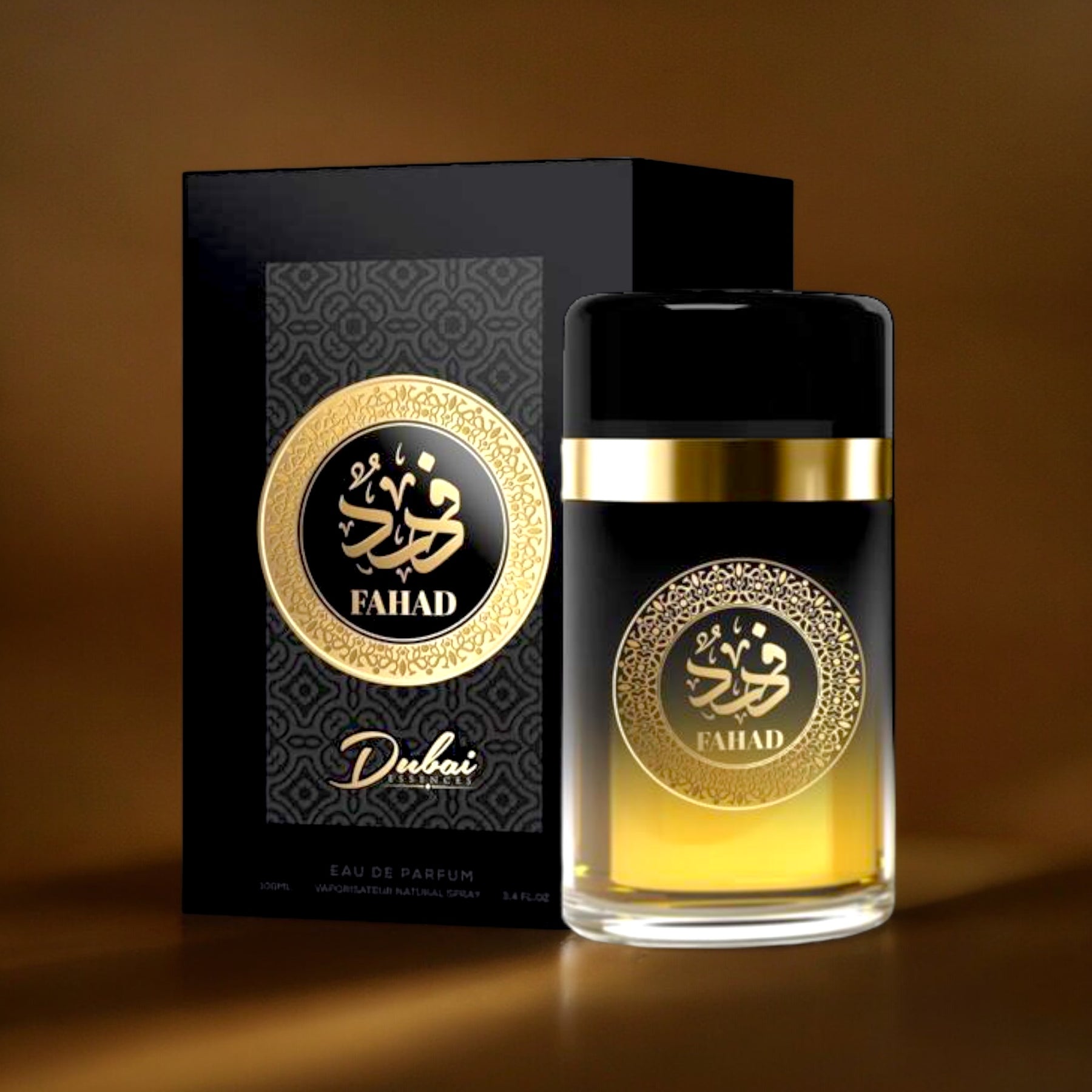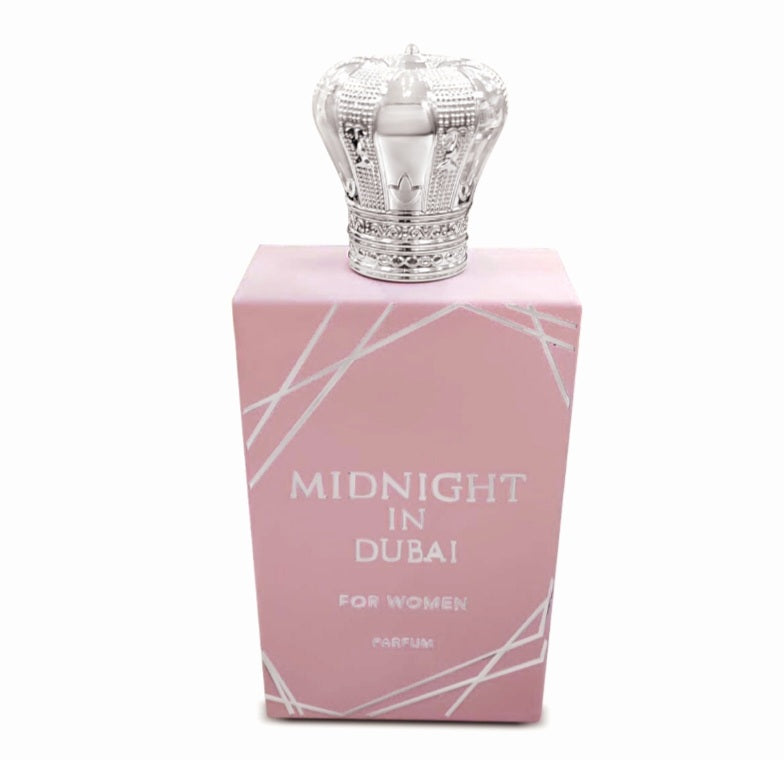Dubai Perfumes: A Guide to the Most Fascinating Fragrances
Dubai Perfumes: A Guide to the Most Fascinating Fragrances
Blog Article
Experience the Rich, Exotic Fragrances of Dubai Perfumes
The perfumes of Dubai stand for a distinct assemblage of custom and modernity, where the prominent essence of oud offers as a foundation for a varied array of scents. Each artisanal creation not only captivates the detects but likewise tells a rich social heritage, drawing from classic strategies and native active ingredients.
The Essence of Oud
Oud, usually referred to as "fluid gold," is a fragrant material stemmed from the heartwood of the Aquilaria tree, which is belonging to Southeast Asia and the Middle East. This elegant substance types when the tree undertakes a fungal infection, prompting it to create a dark, fragrant resin as a defense system. The resulting oud is very valued for its rich, complicated aroma profile that can range from pleasant and woody to smoky and balsamic, making it a foundation of Middle Eastern perfumery.
Oud has a long-lasting cultural importance, frequently used in traditional ceremonies and as a sign of high-end and class. Its attraction is not just due to its unique aroma however likewise its rarity; high-quality oud can command impressive rates in the international market. The removal process is labor-intensive, with sustainability concerns developing from overharvesting of Aquilaria trees.
In modern perfumery, oud has actually transcended its standard boundaries, motivating a new wave of fragrances that incorporate its distinctive notes. Consequently, it has ended up being a necessary active ingredient for both particular niche and mainstream fragrance homes, mesmerizing a diverse audience worldwide.
Traditional Attars Discussed
Fragrances crafted in the Middle East frequently incorporate an abundant custom that extends past contemporary synthetic fragrances. These focused fragrance oils are acquired from organic sources, such as spices, blossoms, and natural herbs, often with approaches like heavy steam purification or enfleurage.
Attars are usually alcohol-free, making them ideal for different social practices and preferences. They are recognized for their longevity and splendor, usually lasting for hours and even days after application (Dubai Perfumes). Usual components consist of sandalwood, rose, jasmine, and brownish-yellow, each contributing distinctive notes that balance wonderfully in each blend

Artisanal Craftsmanship in Perfumery
The art of crafting fragrances is a meticulous procedure that requires not just creativity yet likewise a deep understanding of scent structure. In Dubai, this artisanal workmanship draws on centuries of practice, where competent perfumers, called "mukhalliq," blend their knowledge with a natural sense of aroma. Each perfume is a special creation, showing the craftsmen's vision and the region's rich social heritage.
Artisans start their work by picking top notch basic materials, commonly sourced locally and globally. The cautious option process ensures that each component adds to the fragrance's complexity and deepness. Strategies passed down with generations, such as maceration and purification, are employed to extract the essence of these products, permitting the perfumer to capture their real personality.
Furthermore, the Recommended Site blending process is an art by itself. It entails not only the accurate combination of notes however additionally the ability to balance staminas and subtleties, creating a harmonious fragrance profile - Dubai Perfumes. The end product is a testament to the craftsmen's skill and dedication, leading to perfumes that are not merely items yet expressive experiences that tell a story of their beginning and craftsmanship
Special Active Ingredients of Dubai Fragrances
Crafted with an exceptional blend of artistry and tradition, Dubai fragrances are distinguished by their unique ingredients, most of which are deeply rooted in the area's background and culture. Central to these fragrances is oud, a resinous wood from the Aquilaria tree, renowned for its rich, complicated scent. Thought about a high-end, oud is typically blended with other parts to produce depth and sophistication.
An additional staple is brownish-yellow, valued for its warm, sweet notes that stimulate a sense of comfort. It's regularly incorporated with flavors like saffron and cardamom, adding an unique style that shows the vibrant markets of Dubai. Floral notes, such as rose and jasmine, additionally play a substantial function, infusing the fragrances with a fresh, fragile essence that stabilizes the larger base notes.
Furthermore, natural oils originated from herbs and fruits, such as bergamot and basil, contribute to the total account, improving the fragrances with intense and invigorating touches. These active ingredients, chosen for their high quality and cultural significance, make certain that Dubai fragrances are not just aromas but stand for a rich tapestry of custom and sensory experience.

Cultural Relevance of Dubai Perfumes
Symbolizing an abundant social heritage, Dubai fragrances serve not only as personal adornments but likewise as icons of identity and practice. In a region where aroma plays a critical function in day-to-day live and social communications, these fragrances show the values and custom-mades of Emirati society. Commonly, the art of perfumery has actually been an adored craft, passed down with generations, and deeply intertwined with the region's history.
Perfumes hold considerable value during special occasions such as wedding events, spiritual events, and social gatherings. The act of gifting scents is a typical method, demonstrating respect and love among family and good friends. The distinct aromas typically evoke memories of heritage, attaching people to their ancestry and public roots.
In enhancement, Dubai's fragrances are typical of the combination between ancient practices and modernity. As the city comes to be an international hub for commerce and tourist, the scent industry has progressed, blending Continued standard components with contemporary techniques. Thus, Dubai perfumes not only stand for the significance of the area's social identification but likewise encapsulate its vibrant spirit, making them a source of pride for locals and an interest for visitors.
Conclusion
To conclude, Dubai fragrances encapsulate a rich tapestry of social heritage and artisanal craftsmanship. The harmonious mix of oud, floral, and hot notes develops an unique olfactory experience that goes beyond simple scent, signifying identity and practice. Each scent works as a story, reflecting the area's background and values. The Going Here traditional attars and distinct active ingredients contribute to the appeal of these scents, solidifying their value in both local and international contexts.
The fragrances of Dubai stand for an one-of-a-kind confluence of tradition and modernity, where the distinguished significance of oud offers as a structure for a varied selection of fragrances.Perfumes crafted in the Middle East commonly incorporate an abundant custom that prolongs beyond contemporary synthetic fragrances. These fragrances are frequently kept in elaborate bottles, showing the social value and visual worth of the fragrance itself.The art of crafting perfumes is a precise process that requires not only creative thinking but additionally a deep understanding of scent make-up.Personifying a rich cultural heritage, Dubai perfumes offer not just as personal adornments yet additionally as symbols of identification and custom.
Report this page